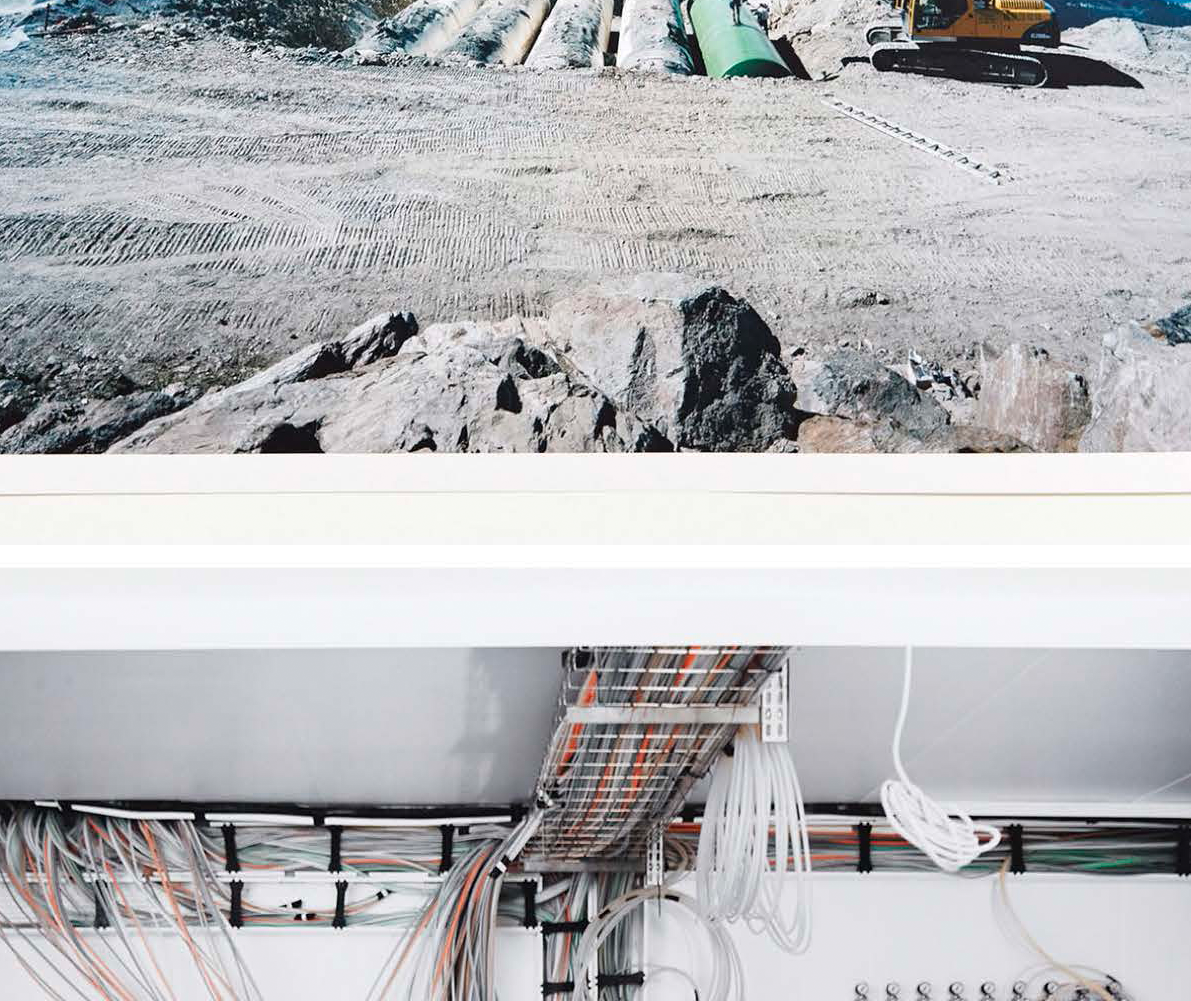HOW DOES ONE GET TO OWN A MOUNTAIN? takes the site of a lithium tunnel on the Koralm mountain range in Wolfsberg, Carinthia, as the object through which to consider processes of extraction, value creation and accumulation that result in climate catastrophe and ultimately the ruination of the world. In the context of this site, students will explore societal and spatial transformations that mining brought historically on the site and the surrounding towns and cities. For example, silver mining began at the end of the twelfth century, in Saxony, Germany. During the Middle Ages, 85% of silver produced worldwide came from mountain ranges in modern-day Austria. With silver and copper, Tyrol, ruled by the House of Habsburg, was one of the richest regions of Europe until the ‘discovery’ of the city of Potosí, and the shifting of mining to South America. Though the silver mines in Austria closed during the mid-sixteenth century, and after coal replaced silver and copper, the region now sees a return of mining with lithium tunnels being built in nearby Carinthia by European Lithium, a company based in Australia - a shift that now sees lithium mining expand from South America to Central Europe. Building towards a collective project, students will consider the meaning of “primitive accumulation”, along a continuum, that stretches from the mining history of the Middle Ages to today in light of the politics of the Green New Deal with its proposals for non- or low-carbon futures and resulting urban and rural transformations.
As a way of reflecting on and interpreting (these) processes of accumulation and extraction, we will ask what ‘art’ is and what it can do. In this line of inquiry/thought, we will consider the practices and productions (from the Land Art of Robert Smithson and Beverly Buchanan to the 2010 exhibition Potosí Principle) that infringe on disciplinary and institutional understandings of art—towards a collective project for the semester. We will engage in a close reading of Another Aesthetics Is Possible (2021) by Jennifer Ponce de León, which brings attention to visual, literary, and performing arts practices against violence and dominant systems such as capitalism, and to art’s contribution to producing glimpses of another world. We will study and analyze artists’ works while focusing on the respective social, economic, environmental, and political relations informing/producing them; and identifying the methods, modes of production, and forms that the array of works take. Through immersion into the site and artistic practices, students will formulate an investigative approach into the traces of the history of mining in the region and their representations. Students will also explore surrealist and absurd forms of critique, as well as performative exercises to approach these propositions. The topic of lithium mining and its impact on bodies and spatial formations is at the core of the module - from cities, to mountains, to human and more-than-human worlds. This course aims to develop collective research formats and artistic expressions that can unpack these complex entanglements. Students will learn about contemporary art in relation to land, soil, and body, the development of the concept of the Anthropocene and its critique, position the case study in a local and global context, and think through the potential of a collective response that also includes more-than-human actors.
